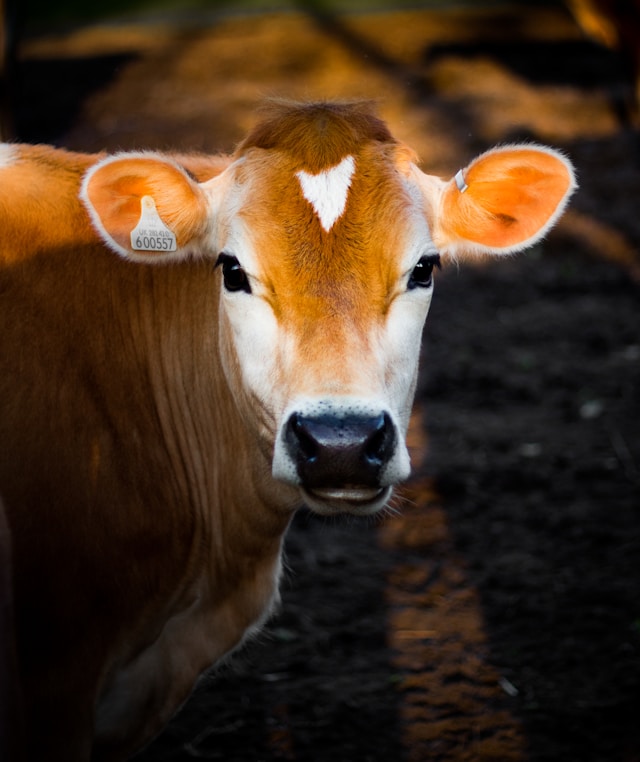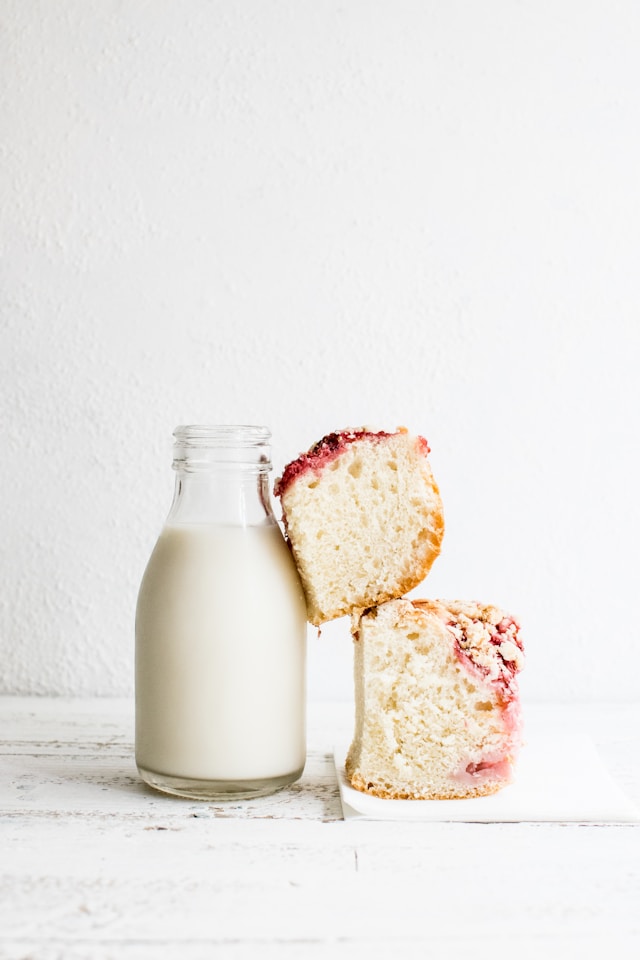In my last blog I introduced the concept of miasm in Homeopathy. This time I focus particularly on the Tubercular Miasm. In modern parlance these are epigenetic factors that underly health. In other words our inheritance. It is reasonable to say that the factors affecting our health divide into two camps: that which we acquire from the environment (viruses and bacteria for example) and that which we inherit.

Just the other day I overheard a conversation concerning a very young child – perhaps 4 or 5 years old – who had a very severe allergy to milk. To the extent that placing milk in the vicinity was sufficient to bring out a rash. To add insult to injury there were some respiratory and skin issues.
Orthodox medicine will mangage the symptoms with anti-histamines and such like. Will the child overcome the allergy in time? Perhaps.
You probably know that dairy herds are regulary tested for bovine tuberculosis. And have heard of the controversial culls or badger populations, which are a vector for transmission. Compulsory testing dates from the 1950s. It is a serious concern for farmers as when found the herd is slaughtered.
The connection between the cow, bovine TB and milk requires little explanation.

Unfortunately, we humans are susceptable to the same bacterium, Mycobacterium Bovis, discovered by Robert Koch in 1882. One of the reasons milk is pasteurised (heat treated) is to eliminate the possibility of transmission of the TB bacillus to humans through milk.
TB is a very infectious disease and transmission is primarily by aerosol both in man and cattle. 150 years ago the disease was rife, but it recedes in memory in part due to the advent of antibiotics but also the significant improvements in housing, especially the clearance of slums. Here is a nice article from the Science Museum.
As explained in my last blog the concept of miasm, means that a taint in the genome passes through the generations. This is NOT the active disease but a record of its presence in our ancestry.
South African Homeopath Dr David Lilley* – now in his eighties – who trained under Dr Marjorie Blackie, physician to our late Queen, has an interesting hypothesis that certain diseases have a function in advancing humanity. It is perhaps no accident the TB has association with the era of the romantic poets as the Science Museum article shows. Man’s diseases or dis-eases may have deeper meaning and purpose!
(* here is Dr Lilley talking on the archetype of the Wolf)
Be that as it may, identification of the underlying miasm is one pointer to the selection of the homeopathic medicines that will help the patient.
Homeopathic medicines (remedies) can be grouped according to the miasm. For example, Phosphorus is a leading anti-tubercular remedy; a remedy with a strong affinity for respiratory conditions (think of how TB affected the lung).
Alas, whilst such as Phosphorus or Tuberculinum** can be used to good effect, resolution of a complex case is rarely as simple as giving one remedy. It would be so nice if it were that simple. There are many medicines in the category ‘aggravated by milk’.
(** a homeopathic preparation based on the tubercular bacillus – remember homeopathy uses ultra-dilutions and should be considered akin to frequencies not molecules – you cannot catch TB from Tuberculinum!!)
The child mentioned above has not been in this world long enough to have acquired her ‘disease’ from the environment. There has to be a genetic link, and inherited predisposition. And it is a fair bet the Tubercular miasm is centre stage.
Should you wish to investigate the homeopathic approach to healing, do book a free Discovery Call from my website